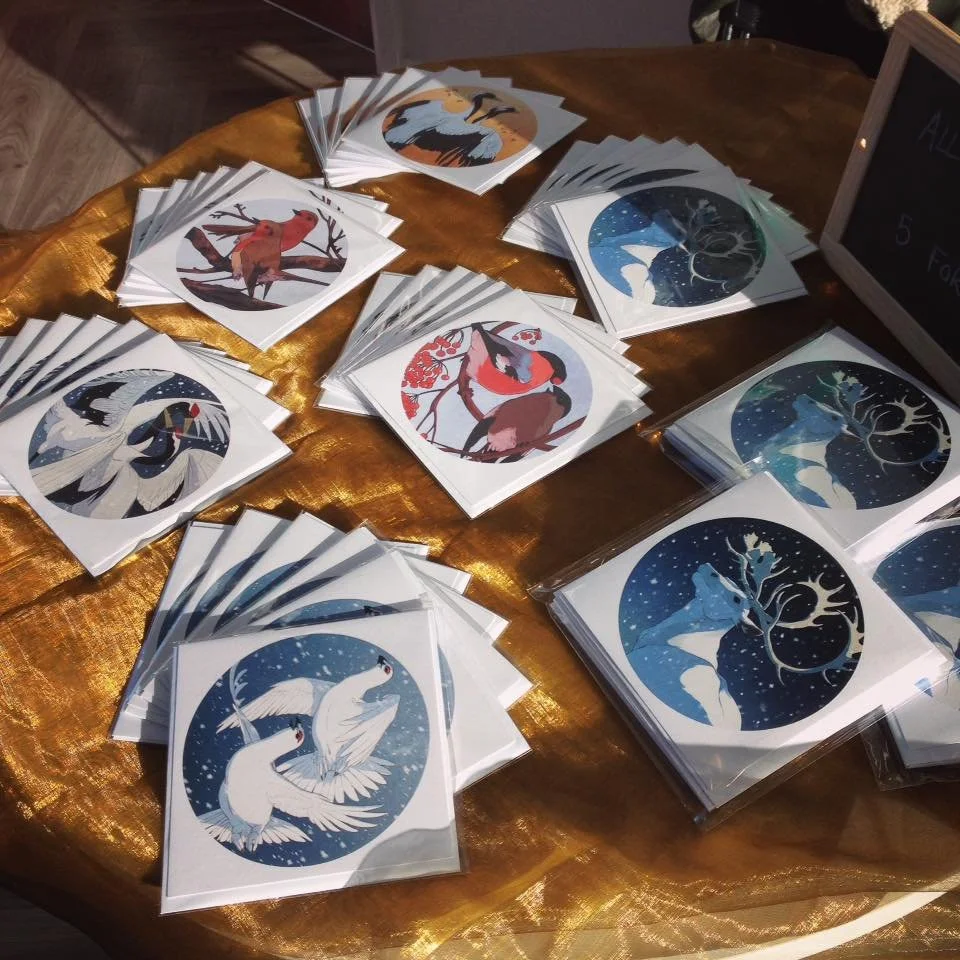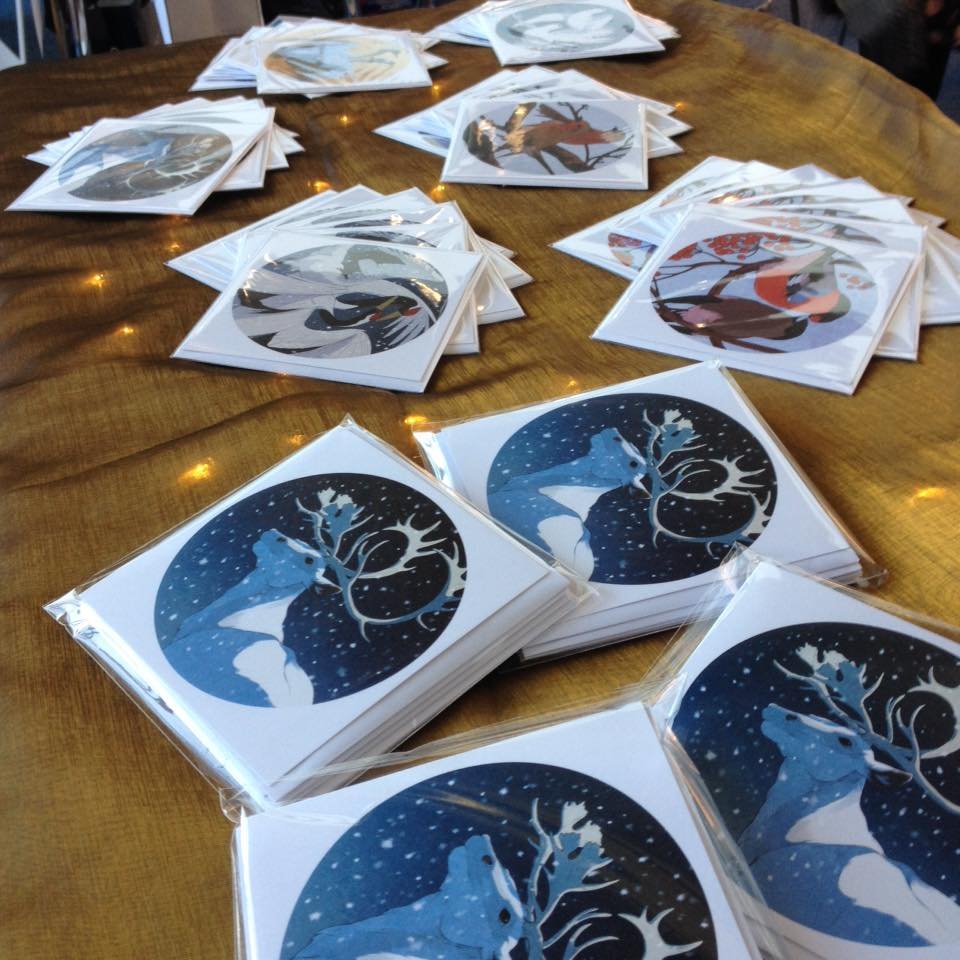Multi-lingual greetings cards
I design and sell my own range of handmade greetings cards.. They have been on sale in a variety of outlets including the National Museum of Wales, Pebbles' Yard in St David's and Plas Glyn y Weddw in Gwynedd.
They are blank inside, suitable for all occasions with the names of each species in Welsh, English, and Latin on the back. The snowy owl and caribou designs both feature Nadolig Llawen / Merry Christmas on the back.
I am always on the lookout for retailers that would be interested in purchasing these in bulk, inside and outside of the UK! If these designs feel right for your shop, please email me at ceedavies@yahoo.com. They come pre-packaged in cellophane bags with envelopes included. For buyers looking to go green with their products, I am able to provide these cards without the cellophane packaging.
Current designs available
-
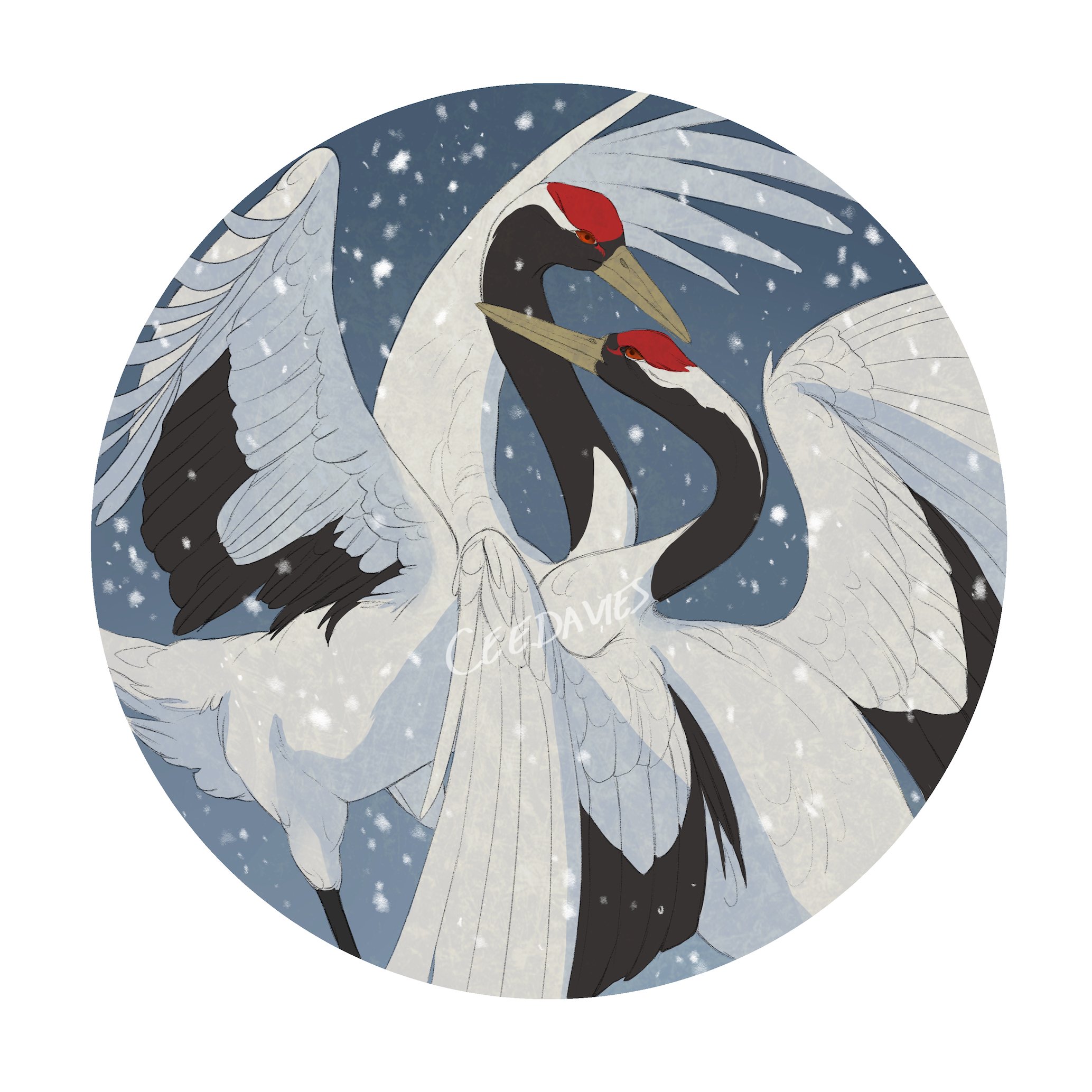
Red-crowned crane
Craen goron-goch, Grus japonensis. The second-rarest crane in the world, endeared as symbols of fidelity, longevity, good luck, peace, and long life. Famous for jubilant, synchronised dances enacted during courtship.
-
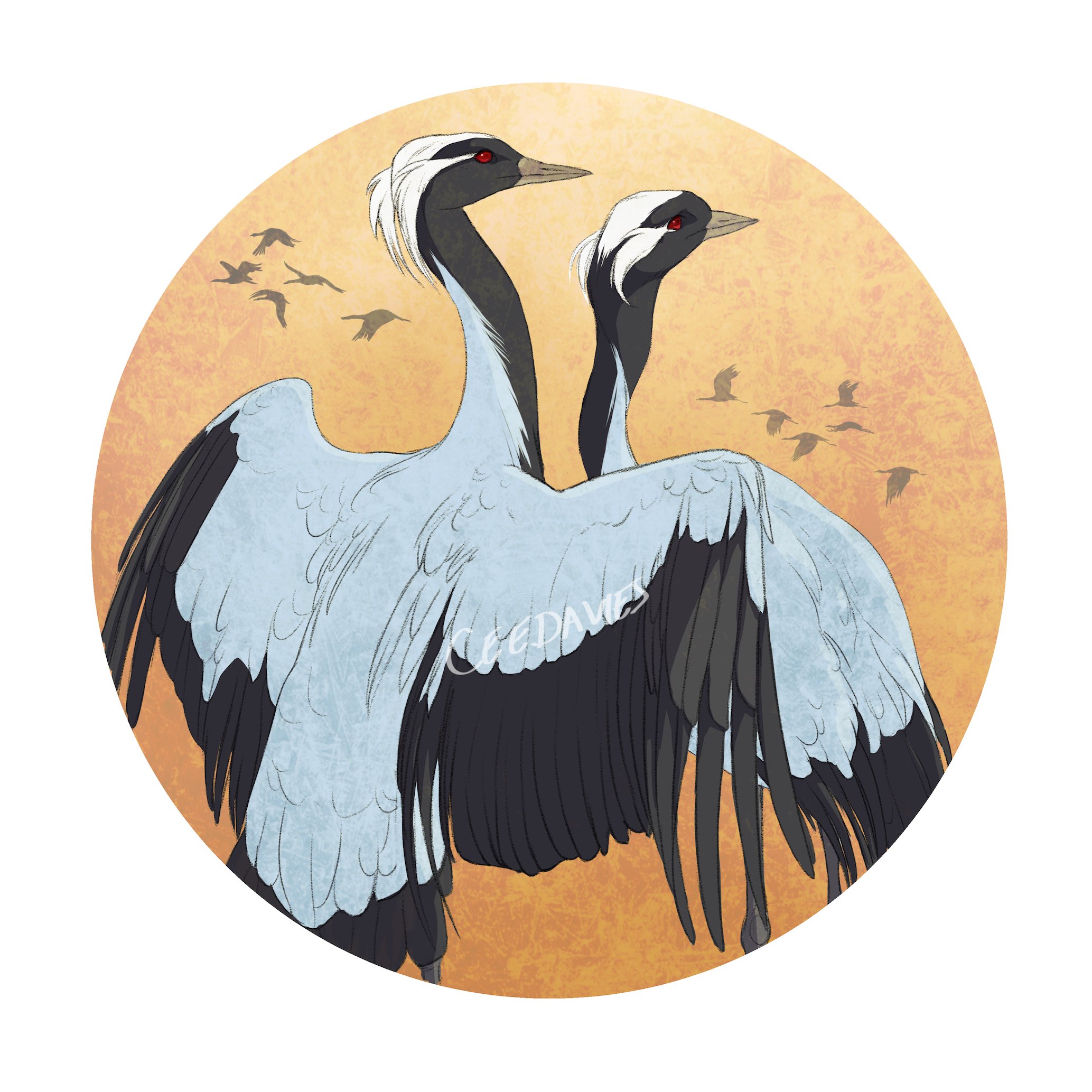
Demoiselle crane
Craen llances, Grus virgo. The smallest crane in the world. In their yearly migrations from central Asia to India, they cross the Himalayas at altitudes of 26,000 feet to winter in warmer Southern climes.
-
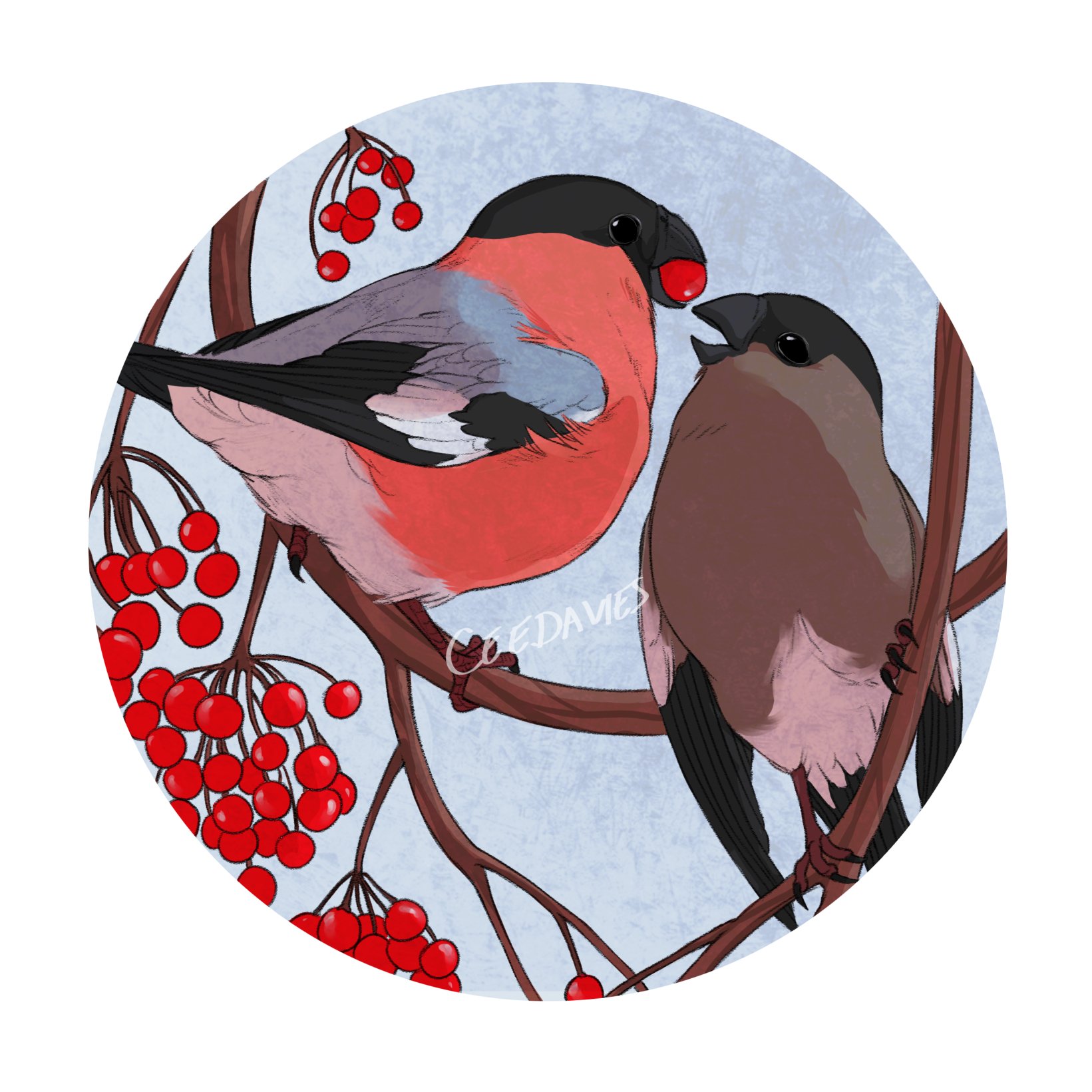
Eurasian Bullfinch
Coch y berllan, Pyrrhula pyrrhula. An exceedingly shy animal, known to mate for life. Males were once highly prized as cage birds that could mimic complex tunes played on a flute or whistle.
-
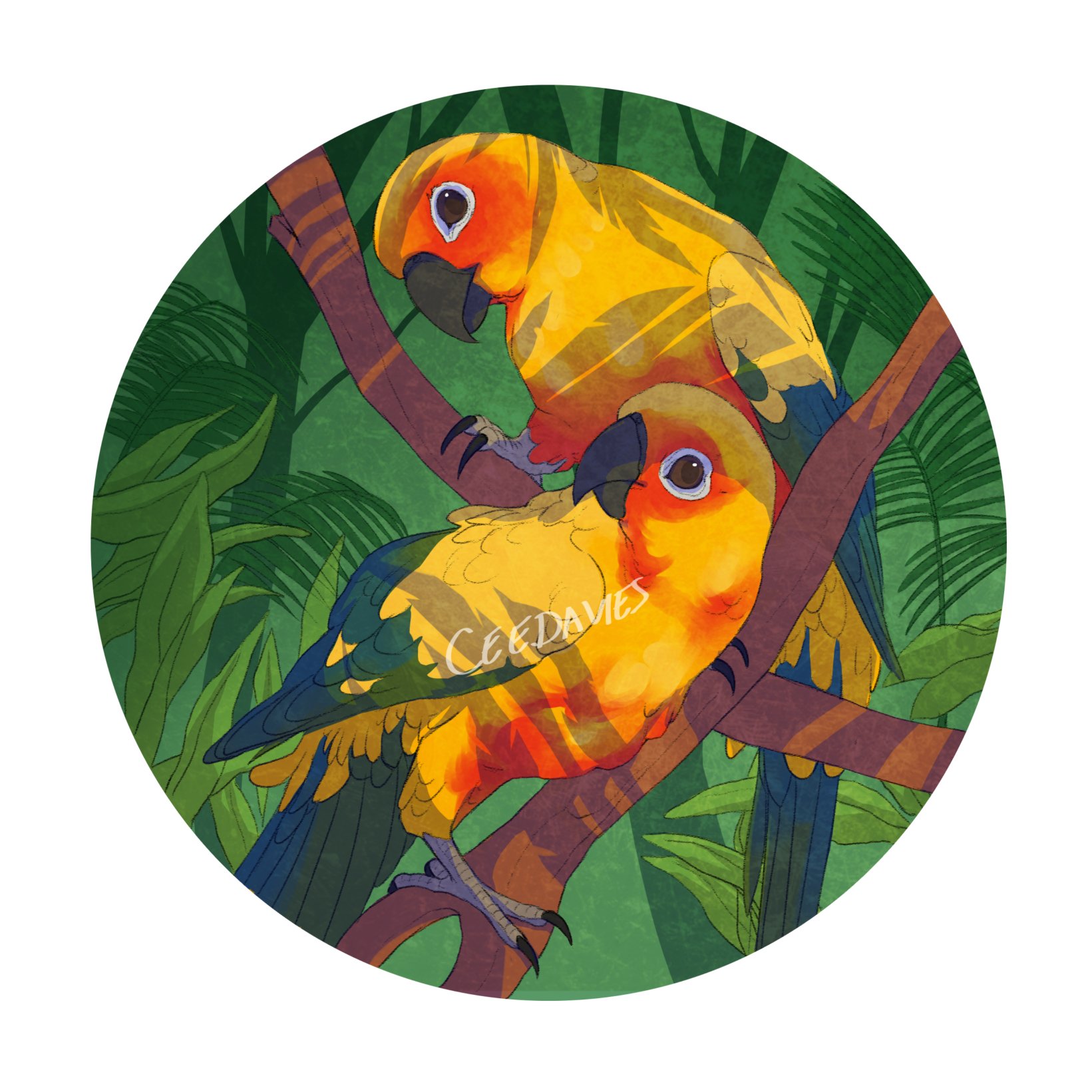
Sun conure
Conure yr haul, Aratinga solstitialis. Also known as the sun parakeet, native to northeastern South America, understood to form monogamous bonds from a young age. Endangered due to habitat loss, hunting for plumage, and relentless wild capture for the pet trade. There are now more sun conures in captivity than in the wild.
-
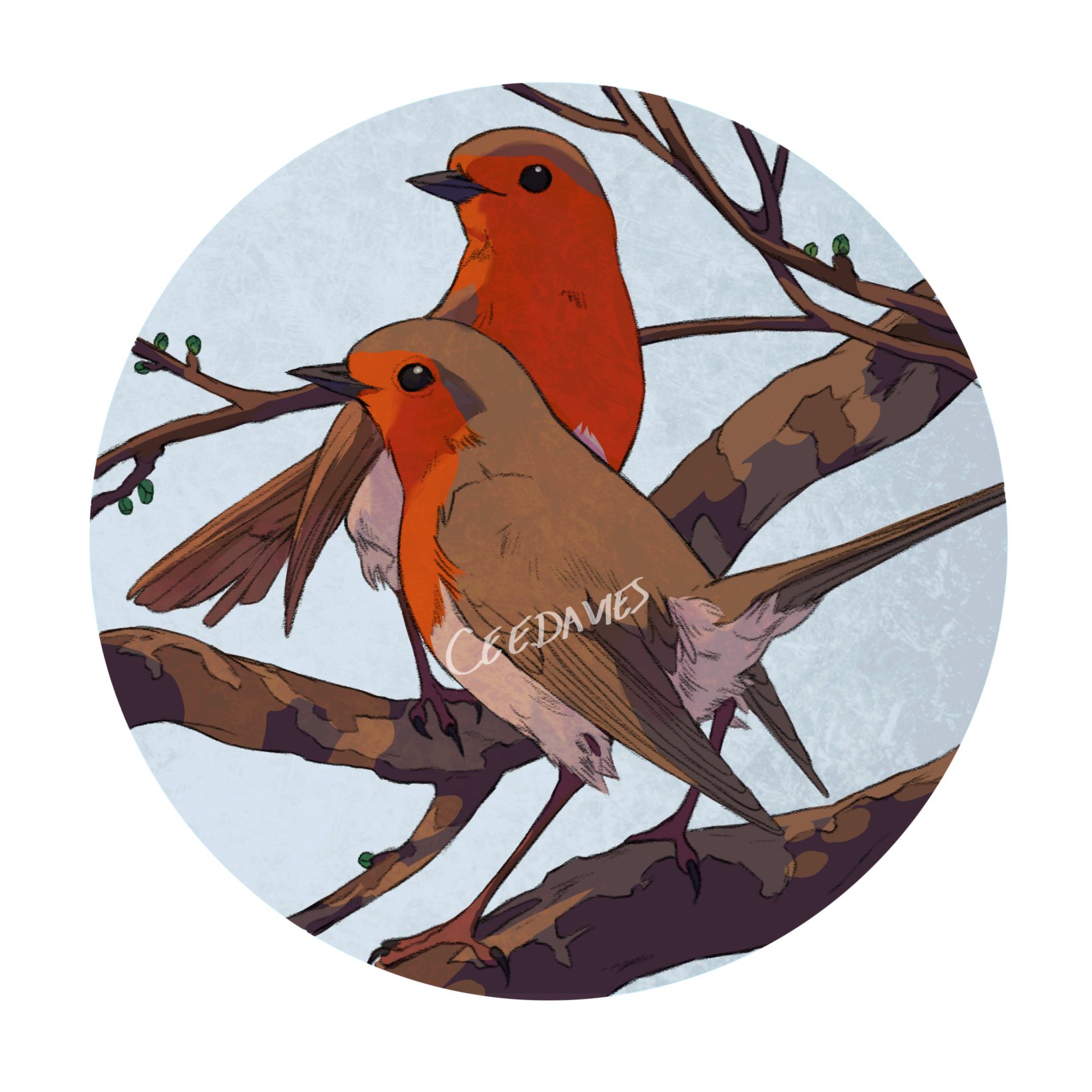
European robin
Robin goch, Erithacus rubecula. An opportunistic passerine known as a friend to gardeners, looking to pluck worms and grubs from soil turned up by a shovel or garden fork. Notoriously territorial, only pairing for the breeding season before parting ways to live their solitary lives.
-
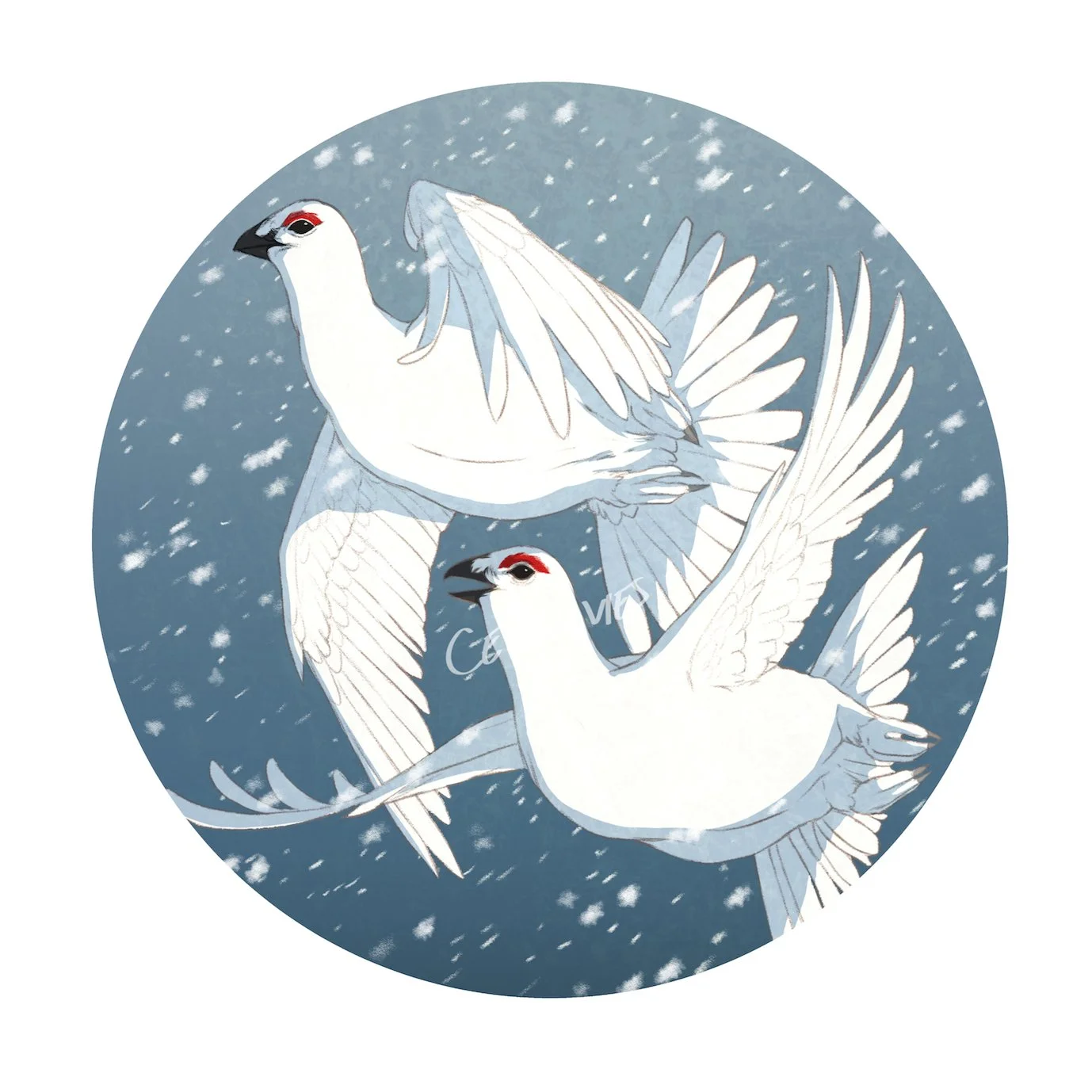
Ptarmigan
Grugiar, Lagopus muta. A resident of the Scottish Highlands. Its name descends from the Scottish Gaelic word for “croaker” - tàrmachan. They change colour seasonally, moulting out their mottled brown plumage for clean white feathers in time for winter.
-
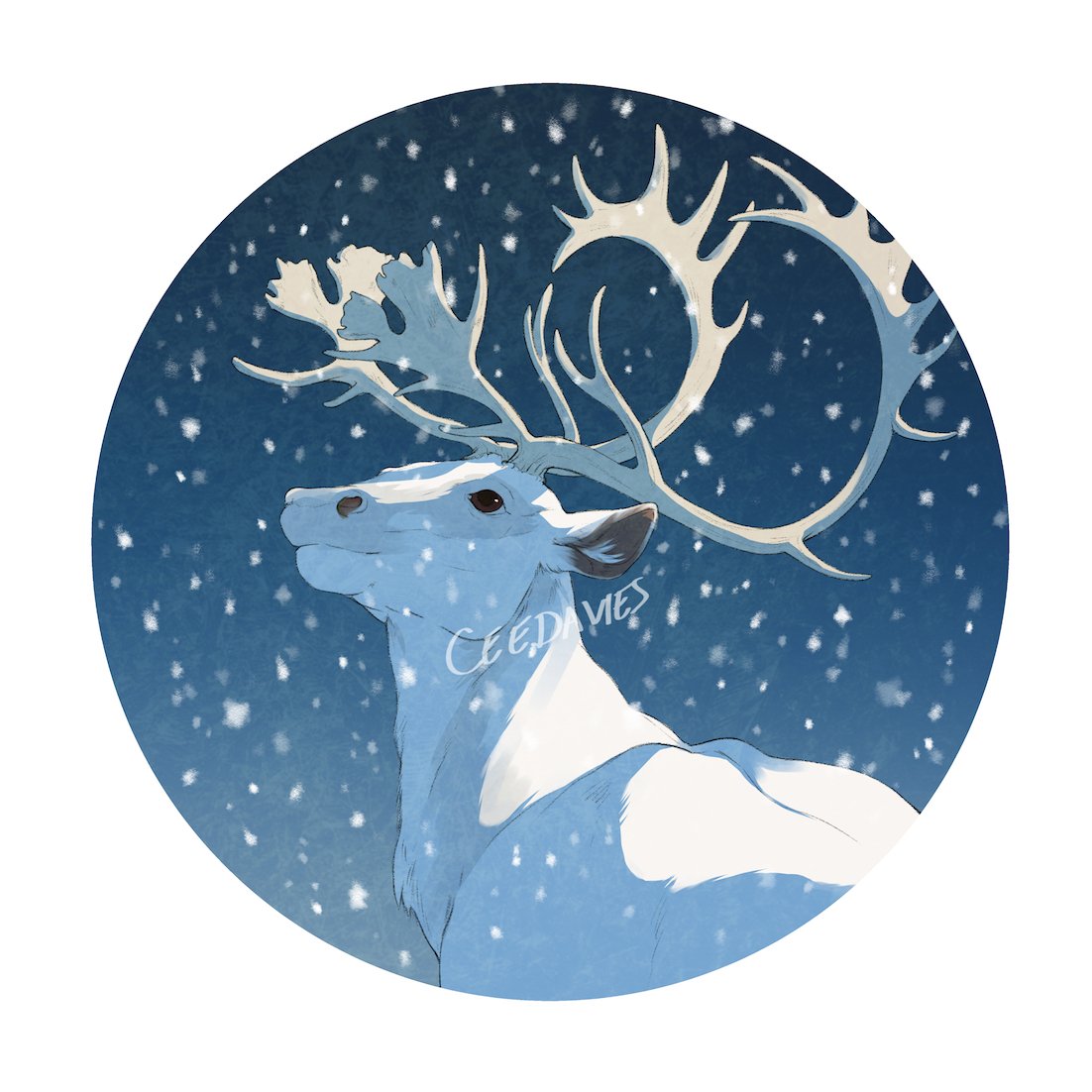
Caribou
Carw llychlyn, Rangifer tarandus. Known as reindeer in Europe, and only in North America if they have been domesticated. Endemic to the uppermost Northern hemispheres of the globe across Europe, Siberia, and North America. Both sexes grow and shed antlers annually: males carry theirs in summer, females in the winter.
-
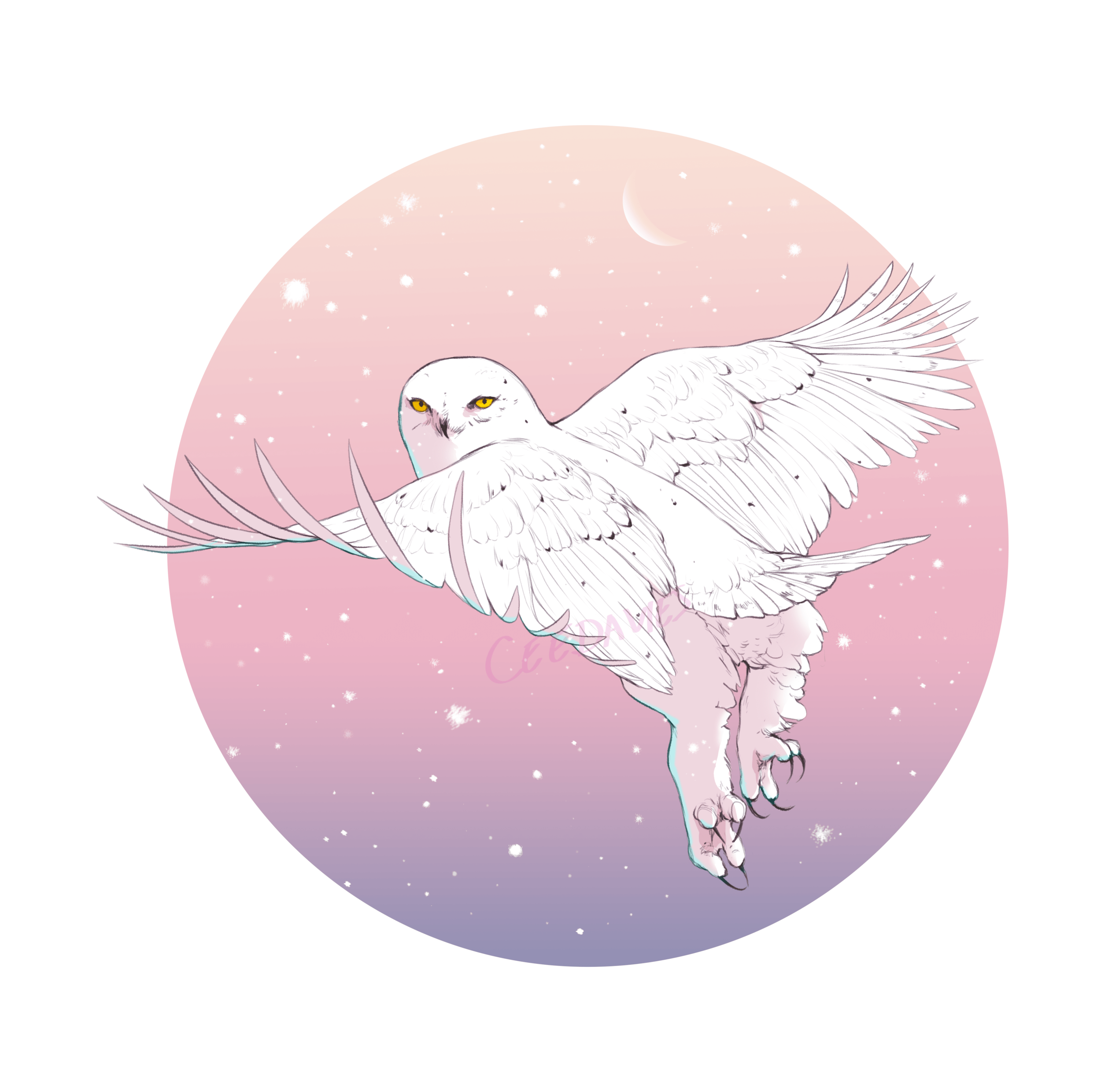
Snowy owl
Tylluan eira, Bubo scandiacus. Yellow eyes in owls signify a diurnal lifestyle. A 5-foot wingspan, silent flight and 270° neck rotation makes the snowy owl an effective hunter. Pairs are often monogamous and raise their broods together.
